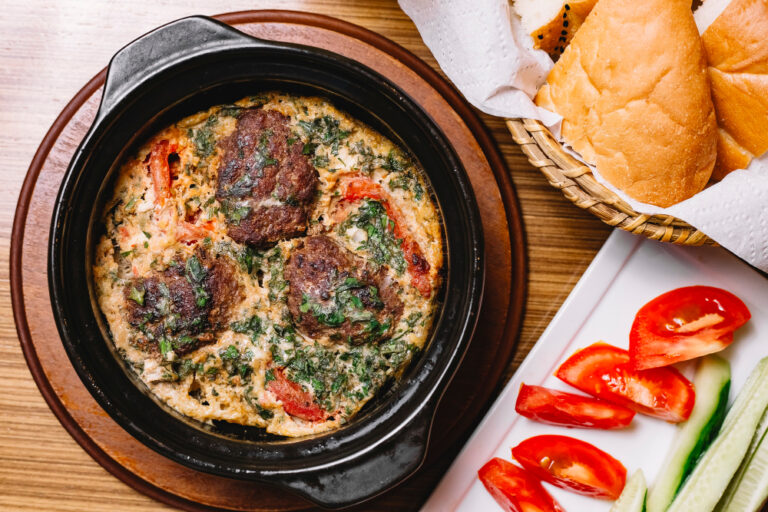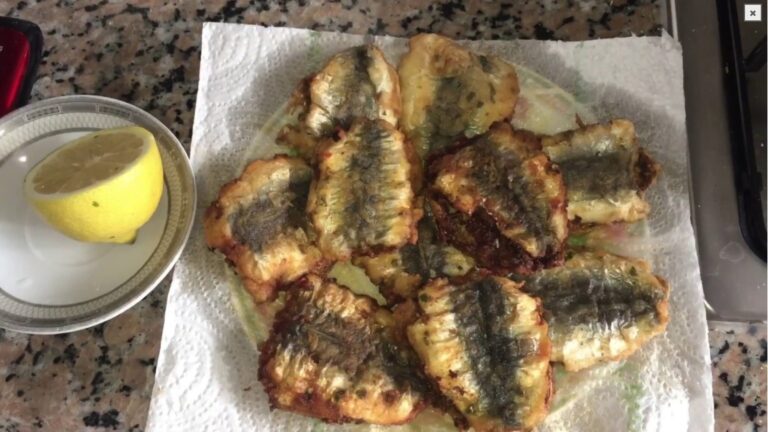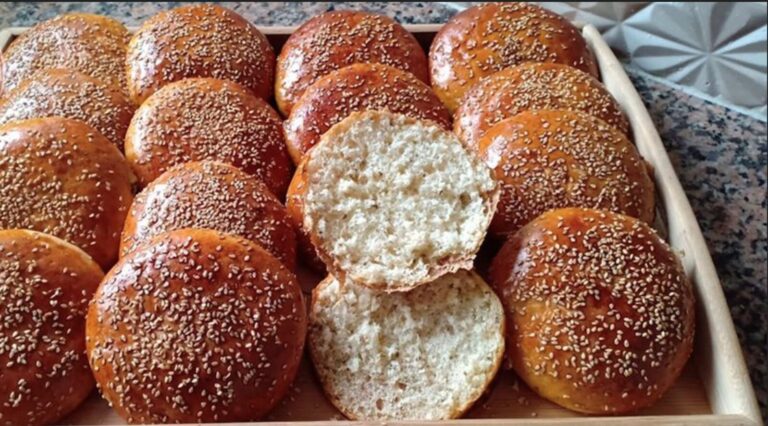
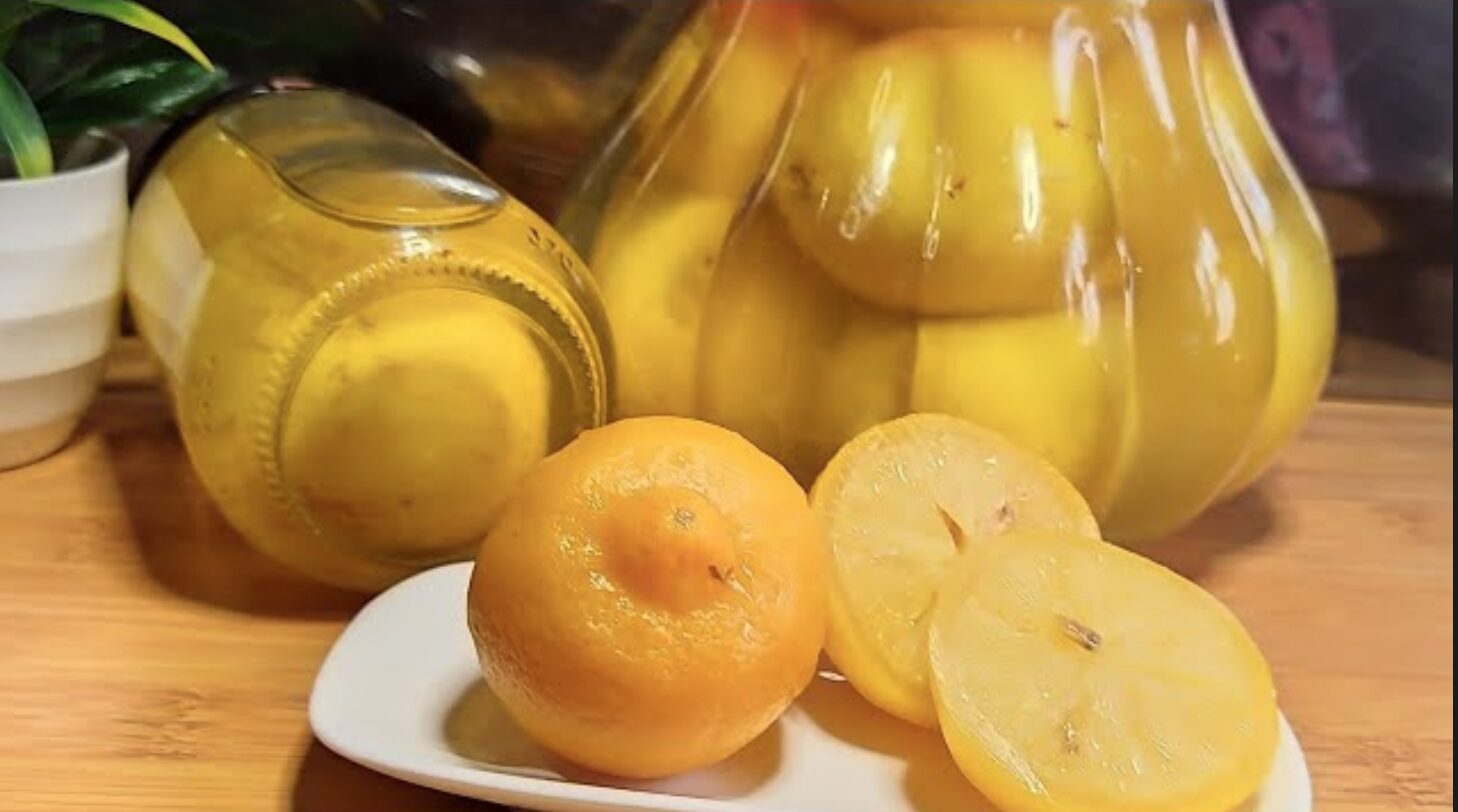
Few ingredients capture the taste of Morocco quite like preserved lemons. Known locally as “lemdou” or “hamd mssayyar”, these tangy, salty, and aromatic delights are the soul of Moroccan cuisine. They transform ordinary dishes into vibrant, flavorful experiences that awaken every sense.
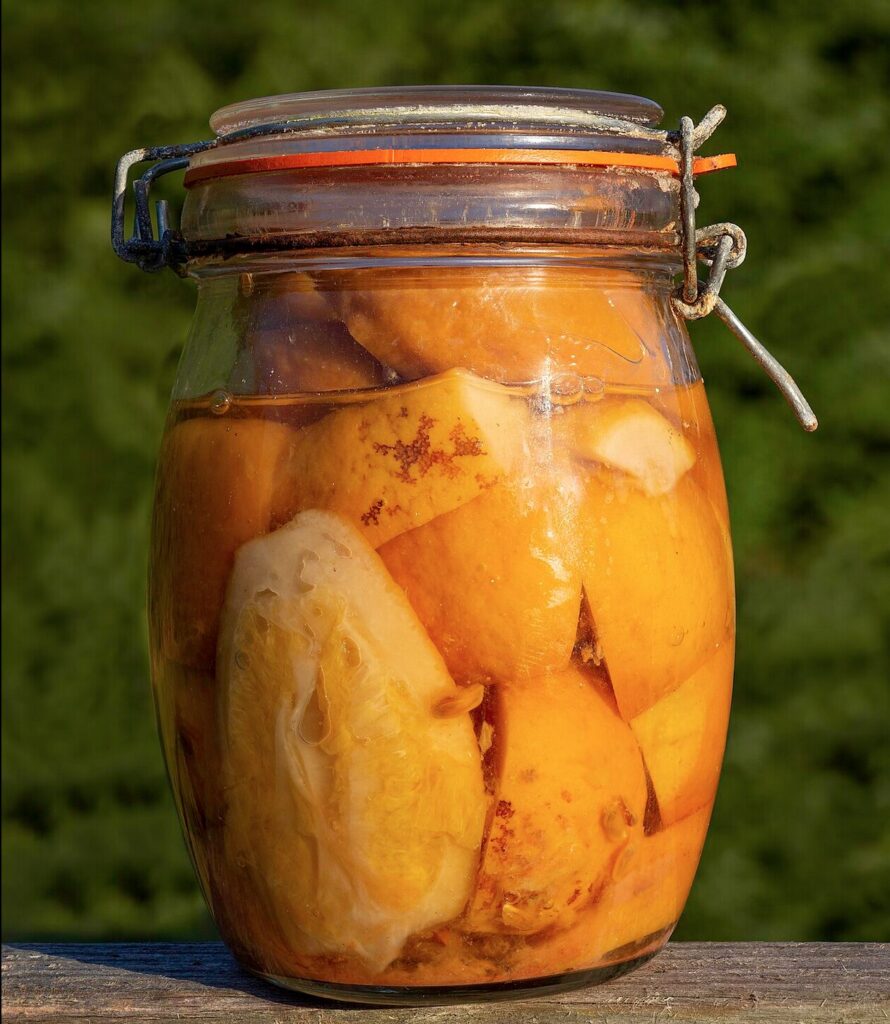
In this Taste of Morocco: Homemade Preserved Lemons Guide, we’ll explore the story behind this golden treasure — from its origins in Moroccan kitchens to its presence in bustling souks and elegant riads. Whether you’re a traveler seeking authentic tastes or a home cook wanting to recreate Morocco’s charm, preserved lemons are your perfect starting point.
The Essence of Moroccan Preserved Lemons
Preserved lemons are more than a condiment — they’re a reflection of Morocco’s history, climate, and love for flavor. The process of preserving lemons in salt and their own juices dates back centuries, originally used as a method to extend their shelf life in the warm North African climate.
Today, they remain a staple in Moroccan households, found in iconic dishes like chicken tagine with olives, lamb with lemon and herbs, and Moroccan salads. Their flavor—salty, tangy, and subtly sweet—adds depth and aroma to every bite.
Traditionally, Moroccan women prepared preserved lemons in glass jars, layering them with coarse salt, bay leaves, and peppercorns. These jars would rest in sunny windows for weeks, slowly maturing into the amber-hued condiment that defines Moroccan cuisine.
For travelers, tasting preserved lemons is tasting Morocco itself: bold, bright, and beautifully complex.
(Learn more about Morocco’s cuisine on Wikipedia or about Morocco itself.)
Where to Experience the Taste of Morocco
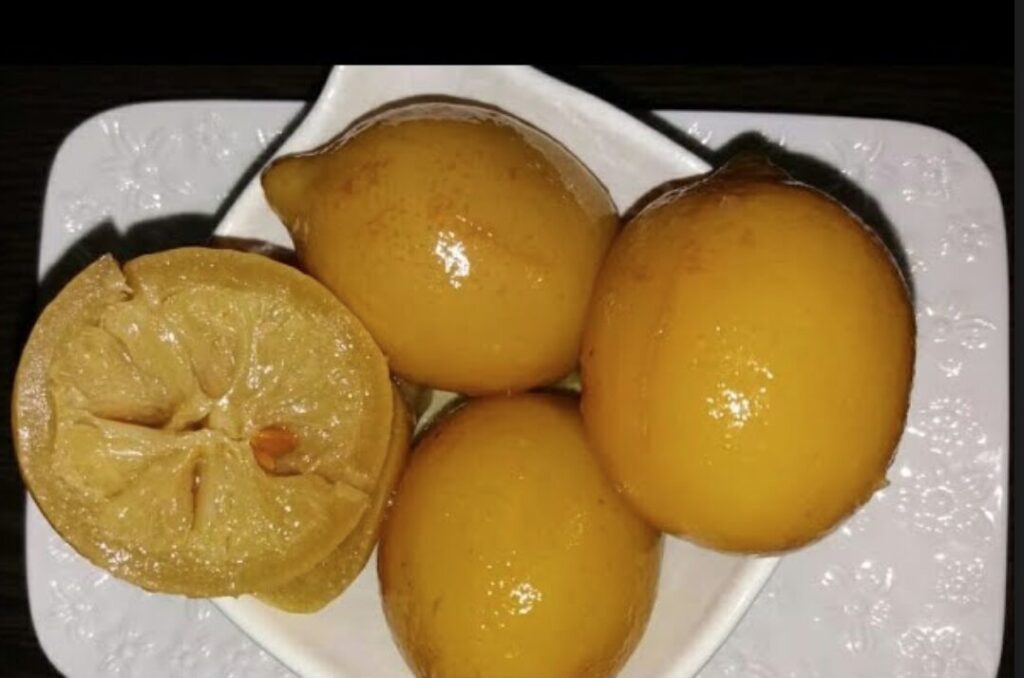
Fez – The Culinary Capital
In the winding alleys of Fez, the scent of lemons and spices drifts through the air. Visit traditional souks like Souk el Henna, where women sell homemade preserved lemons in glass jars, their golden color glowing under the Moroccan sun.
Restaurants such as Dar Roumana and The Ruined Garden feature traditional tagines seasoned with preserved lemons. Tasting one is a moment of pure Moroccan authenticity — tart, fragrant, and unforgettable.
Marrakech – The Heart of Moroccan Flavor
In Marrakech, food tours offer visitors a chance to dive into the flavors of Moroccan cuisine. Markets like Souk Semmarine display rows of lemons, olives, and spices — the holy trinity of Moroccan cooking.
Try a chicken and preserved lemon tagine at local spots such as Café des Épices or Nomad, where modern Moroccan dining meets old-world charm.
Chefchaouen – The Blue City with Citrus Charm
Beyond its famous blue streets, Chefchaouen has a thriving local food scene. Many guesthouses offer cooking classes where travelers can learn to make preserved lemons from scratch, using fresh local produce.
The cool mountain air and peaceful setting make it an ideal place to connect with Morocco’s culinary traditions.
Travel Tips and Cultural Insights
- Don’t rush the process: Traditional Moroccan preserved lemons take about 3 to 4 weeks to develop their full flavor. Patience is key!
- Use the rind, not the pulp: In most Moroccan recipes, only the peel is used — it’s the part rich with citrus oils and tangy saltiness.
- Buy from local markets: If you’re visiting Morocco, look for preserved lemons sold in glass jars or by weight at spice stalls.
- Bring some home: To transport them, ask sellers to seal them tightly and wrap the jars carefully. (They also make great edible souvenirs!)
- Pair with Moroccan dishes: Try them with couscous, grilled fish, or vegetable tagine — they enhance both flavor and aroma.
Real-World Traveler Stories
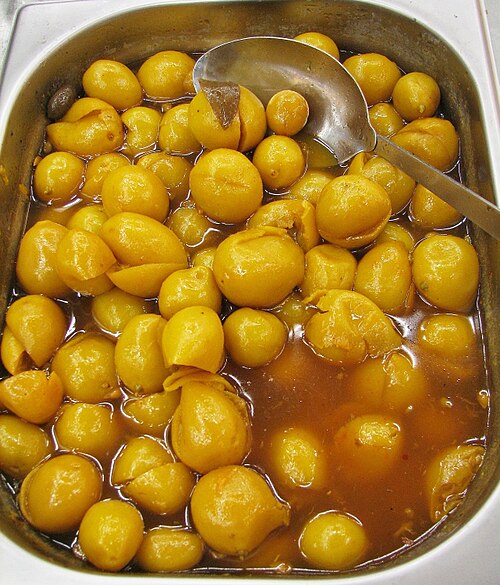
“A Lemon Memory in Marrakech”
Emma, a traveler from London, recalls her first encounter with preserved lemons during a cooking class in Marrakech.
“We sliced lemons, rubbed them with salt, and packed them into jars. Three weeks later, when I tasted my homemade batch, it instantly brought me back to the sounds, smells, and colors of Morocco.”
Her story mirrors that of many travelers who find joy in learning Moroccan cooking techniques — a way to carry the culture home.
“Fez Market Discoveries”
During his visit to Fez, Carlos, a food photographer, captured stunning images of Moroccan markets.
“Every corner was a splash of color — the yellow lemons, red spices, and green olives. When I tried preserved lemons in a tagine, I understood how Morocco turns simple ingredients into art.”
These personal stories highlight how something as humble as a lemon can create unforgettable memories.
How to Make Homemade Moroccan Preserved Lemons
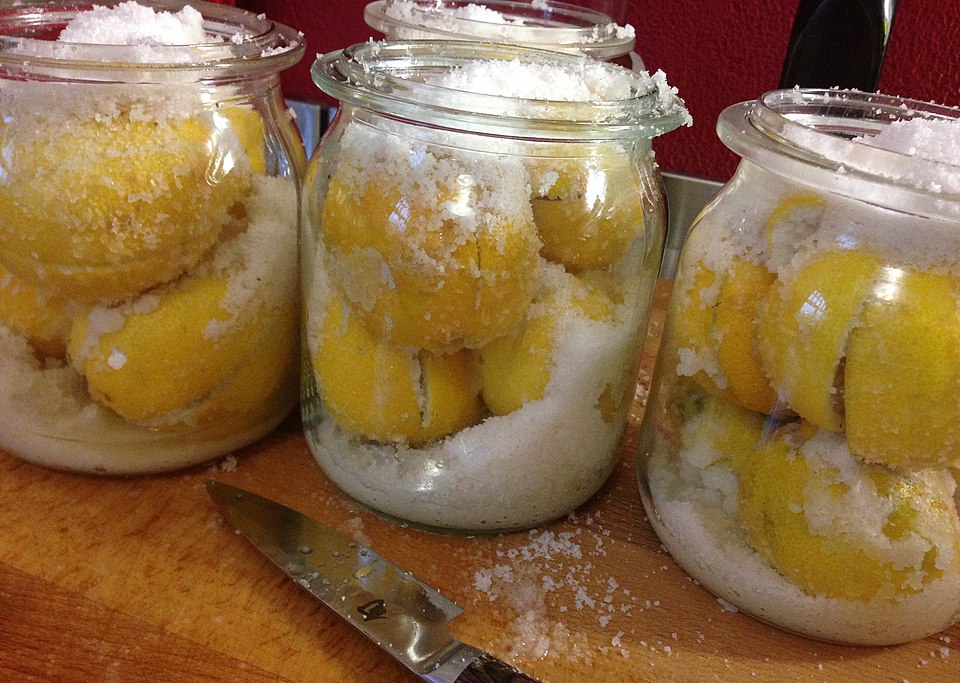
You don’t need to be in Morocco to experience its authentic flavors. Here’s how you can make preserved lemons at home — a recipe inspired by traditional Moroccan kitchens.
Ingredients:
- 5–6 organic lemons
- ¼ cup coarse sea salt
- Freshly squeezed lemon juice (enough to cover)
- 1 cinnamon stick (optional)
- 2–3 bay leaves
- ½ teaspoon peppercorns
Instructions:
- Wash and scrub the lemons to remove any wax.
- Cut each lemon into quarters without slicing all the way through — the pieces should stay attached at the base.
- Pack salt inside each lemon and place them tightly into a sterilized glass jar.
- Add the bay leaves, peppercorns, and cinnamon stick.
- Press the lemons down and pour fresh lemon juice to cover completely.
- Seal the jar and store it in a cool, dark place for at least 3 weeks. Shake occasionally to redistribute the salt.
- Once ready, refrigerate after opening.
These preserved lemons can last up to a year — growing more flavorful with time, just like Moroccan traditions themselves.
Seasonal and Future Travel Insights
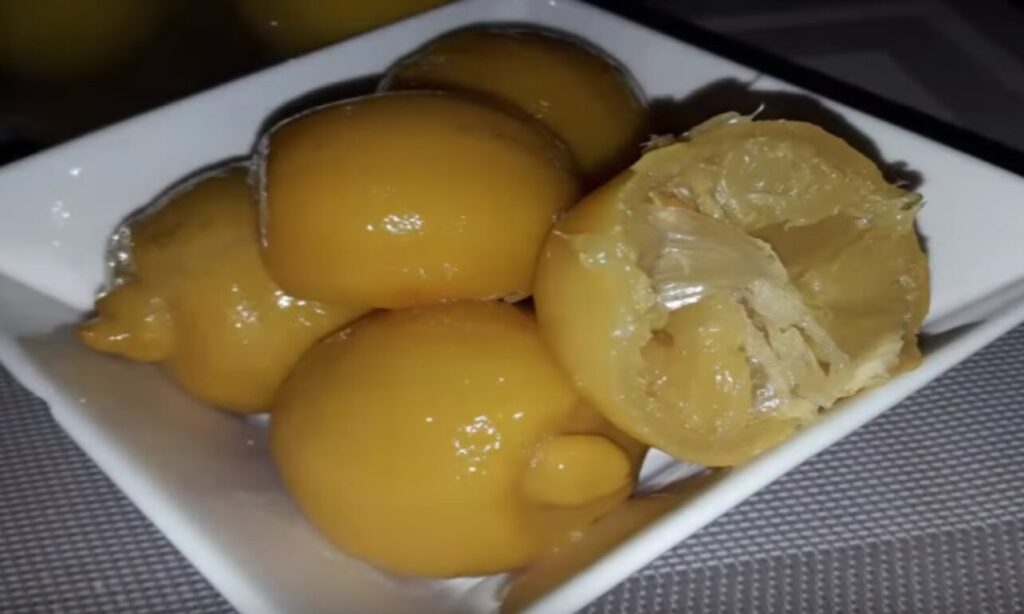
The best time to visit Morocco for culinary experiences is during spring (March–May) or autumn (September–November), when markets are full of fresh produce and the weather is perfect for exploring.
In winter, preserved lemons play an even bigger role in Moroccan households. They add brightness and acidity to warming stews and tagines, a perfect balance to the cool evenings.
Travelers planning food tours in cities like Marrakech, Fez, or Essaouira can also find workshops focused on preserving and pickling techniques — from lemons to olives and even chili pastes like harissa.
As Moroccan gastronomy continues to gain global fame, preserved lemons remain one of its most iconic culinary exports — a simple ingredient with centuries of flavor behind it.
FAQ – Taste of Morocco: Homemade Preserved Lemons Guide
What do Moroccan preserved lemons taste like?
They’re salty, tangy, slightly fermented, and deeply aromatic. Their flavor transforms when cooked — mellowing into a sweet-citrusy note that enhances savory dishes.
How long do preserved lemons last?
If properly stored in a sealed jar, they can last up to 12 months in the refrigerator. Their flavor intensifies over time.
Can I use regular table salt?
Coarse sea salt is best. Table salt may contain additives that cloud the brine and alter the taste.
Are preserved lemons healthy?
Yes! They’re rich in vitamin C and probiotics, supporting digestion and immunity when consumed in moderation.
What Moroccan dishes use preserved lemons?
The most famous is chicken tagine with olives and preserved lemons, but they’re also used in salads, stews, and even modern Moroccan cocktails!
Conclusion
Preserved lemons capture the heart of Moroccan cuisine — simple ingredients transformed through time, patience, and passion.
Through this Taste of Morocco: Homemade Preserved Lemons Guide, you’ve traveled from the spice-scented souks of Fez to the sunny kitchens of Marrakech, learning the story of an ingredient that defines Moroccan flavor.
Whether you try them in Morocco or make them at home, preserved lemons offer more than taste — they offer connection. A connection to culture, tradition, and the Moroccan way of savoring life.
– Plan your Moroccan food adventure today — explore the markets, learn from local cooks, and bring home the flavor that makes Morocco unforgettable.

